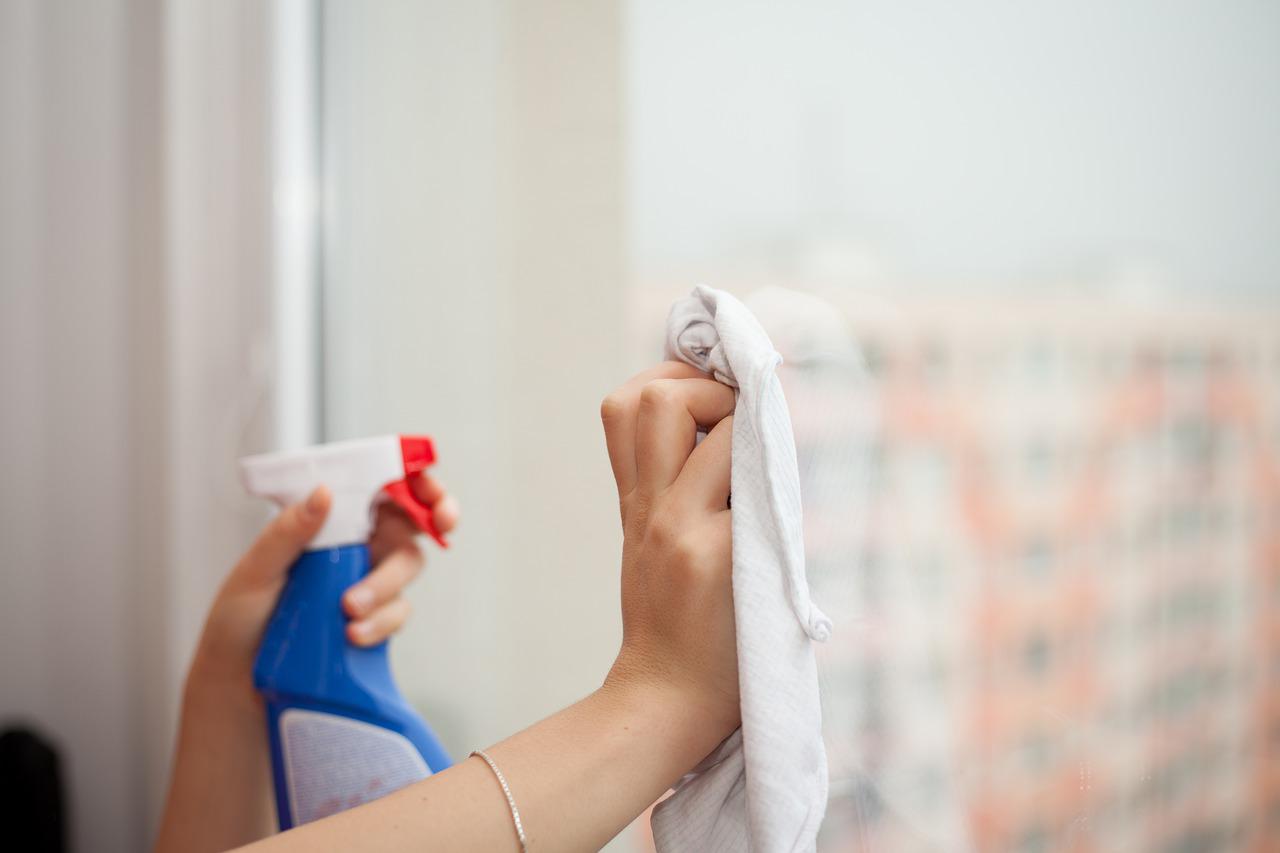Cleaning tips to help keep Coronavirus out of your home

With the coronavirus pandemic continuing to wreak havoc around the globe, now is perhaps the most critical time to understand how cleaning can help curb the spread of the disease as well as what steps you need to take to minimize the risk of infection within your home.
First, you should note that coronavirus is primarily transmitted through tiny droplets of saliva or other bodily fluids left floating in the air after a sneeze or cough.
Contaminated objects can also contribute to the spread of the disease. While no one truly knows the role they play in the spread of the new coronavirus, they are important in the transmission of related viruses like MERS and SARS. However, it only stands to reason that if a person touches an object contaminated with the virus and goes on to touch their face, mouth, or nose, they will most likely get infected.
Thus, this means that if you’ve recently had someone in your house at a high risk of having the virus, you can help cut down the risk of further transmission of the disease within your home by doing proper cleaning to minimize the level of contamination on surfaces. What’s more, this will help reduce the risk of transmitting other pathogens.
Cleaning vs disinfection: What’s the difference?
There is an important difference to note between cleaning and disinfection.
Basically, cleaning refers to the process of physically removing organic matter like dirt and germs from surfaces. On other hand, disinfection involves the use of chemicals to kill germs on surfaces.
It is safe to say that the two complement each other since the presence of organic matter on a surface reduces the effectiveness of the disinfectant.
How long does the coronavirus survive on surfaces?
There is no definite scientific evidence as to how long this coronavirus will survive on surfaces. But if it is like other coronaviruses, it can potentially survive a couple of hours, or up to a few days. Nevertheless, how long the virus survives may be affected by temperature, humidity, as well as the material the surface is made of.
What could be contaminated in my house?
This may be hard to know exactly. However, if an infected person coughs or sneezes, especially without covering their mouth, the nearby surfaces may get contaminated.
Given that our hands regularly come into contact with external objects and surfaces, they significantly contribute to the spread of pathogens from one place to another. This means that items that are often touched by people are usually at the highest risk of being contaminated. These include things like TV remotes, tap and door handles, kitchen surfaces, kitchen cupboards, and fridge doors. And we can’t fail to mention devices like phones and iPads, even though they are not often shared or touched by others.
What should I use to clean and how?
One thing about the coronavirus that we can use to our advantage is that the virus has a very delicate structure and is very vulnerable outside the body. Heat and detergents, even soap, are known to destroy the virus, that is why it’s good to use sanitary disposal services
Contaminated surfaces
If you suspect that a surface has been contaminated, cleaning it with a common household disinfectant will be effective in killing the virus. Don’t forget to wash your hands after cleaning (or use an alcohol-based hand sanitiser) and refrain from touching your eyes, nose, or mouth.
How you clean is crucial. The last thing you want is to “recontaminate” the surface while cleaning. The best approach is to work from one side of the surface to the other using an “S” shape to clean.
If you plan on reusing a cloth, ensure to wash it and let it dry. Washing clothes in the laundry machine using normal washing liquid will also kill the virus, especially on a hot wash.
When it comes to what to use when cleaning, there are many options available including cloths, paper towels, or disposable wipes.